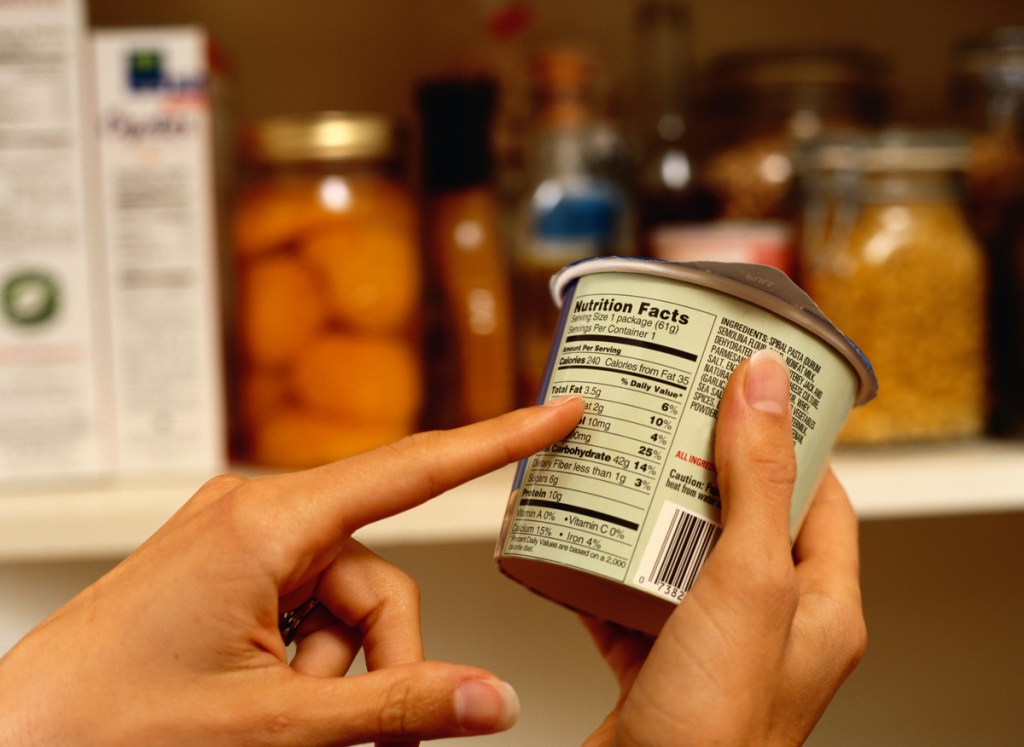Cleaner eating
There’s a growing focus on living healthier, and many consumers are reevaluating what’s good for them, their future, and their bodies. When it comes to cleaner eating:
- 67% of consumers tried to consume more protein in 2023, according to IFIC.
- Plant-based consumption is also on the rise—the vegan diet is up 9% in dollar sales vs. a year ago, as new and emerging animal alternatives claim a share of the market.
- 30% of consumers seek low sugar when buying food and beverage, up 3 pts from a year ago. Sugar alternatives are also increasing in popularity—think stevia, agave, and monk fruit.
When consumers need a ‘boost’
Demand for energy drinks has spiked with an increase in physical activity. Brands are embracing this demand too, even national coffee chains.
As energy drink demand surges, so do the caffeine levels of these products. While there’s contention around what constitutes a safe amount of caffeine, food and beverage searches for “contains caffeine” grew 17% last year, and searches for “high caffeine” saw a 113% increase.
Consider: How can you connect with today’s health-conscious consumer through traditional grocery channels?
Cleaner conscience
Beyond food and beverage, consumers are extending this cleaner mindset to their day-to-day decision-making.
- Out with the additives: clean label products are out-performing other products with an 8% increase in the last year
- 61% of consumers agree environmental issues are having an adverse impact on their current and future health – sustainable living is not a trend, it’s necessary for many.
- Upcycled sales have grown 45% in the last year as consumers maximize value and look to reduce waste. The circular economy is also prompting many brands to upcycle wasted materials.
Consider: Consumers are actively seeking sustainable alternatives for both personal and collective prosperity. What touchpoint can we connect with consumers on greener living?
Thinking ahead
Today’s consumer is already living with health and wellness in mind, and they expect brands to step up to the plate. Over three quarters (76%) of grocery shoppers say transparency is important when making a purchase decision—they want to know the true impact of their spending behavior.
CPG manufacturers and retailers should consider questions such as:
- Are there opportunities to promote health and wellness in existing product lines?
- Are there new opportunities to consider? (For example, functional wellbeing is spreading fast: nootropics and adaptogens are growing in popularity at quick rates.)

Want more wellness insights?
To discover more insights on how consumers are eating cleaner, boosting energy, and living with wellness top of mind, tune in to the What’s Next in Wellness webinar, available on-demand.
